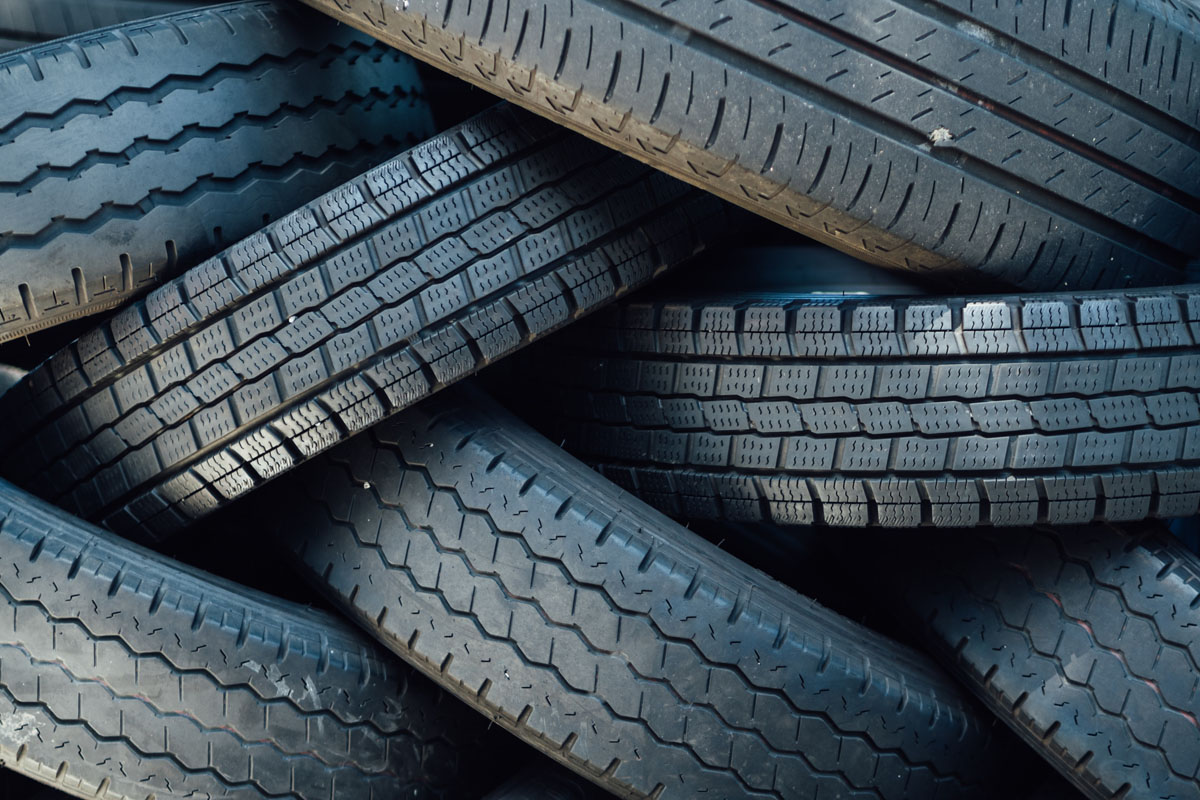Q Bond is a superglue, one of those miraculous inventions that can stick almost anything together in an instant. Maybe you have a torn rubber glove that needs some patching. Now you’re wondering, does Q Bond work on rubber?
Q Bond works on rubber. It’s a Cyanoacrylate (CA) glue capable of reacting quickly and gluing porous materials together. When adhering rubber on rubber using Q Bond, its liquid version works just fine. However, you’ll need to use its enhancement powders if you’re sticking rubber to other objects.
In this article, we’ll discuss how and why Q Bond works on rubber. While doing so, you’ll also learn about Q Bond’s and rubber’s content and characteristics.
How Does Q Bond Work?
Q Bond works by chemically reacting with water to form a strong, instant adhesion. It belongs in the superglue class, which means it’s made from Cyanoacrylate (CA), an acrylic resin that immediately produces a potent chemical reaction when exposed to air and water.
If you have superglue experience, you already know that familiar burn and witnessed its strength firsthand when accidentally gluing your fingers together. Q Bond works fast, too: as soon as it touches a surface with water, it forms a reaction and sets in as the surrounding air dries it. The reaction generates heat and allows a strong bond to form!
Does Q Bond Work on Rubber?
Q Bond works quite well on rubber. As we mentioned earlier, Q Bond is essentially superglue, which adheres to things quickly, thanks to a chemical reaction with water. Rubber typically contains some moisture, allowing Q Bond to do its job and make life easier for you.
Similarly, rubber is also porous, which means it possesses gaps and tiny holes within itself. Q Bond easily fills those gaps and produces a strong bond, effectively gluing rubber together. However, it’s important to realize that Q Bond features a very short setting time. This means when you’re using it to glue rubber, you need to put squeeze items together quickly.
Likewise, remember that rubber comes in different forms. You’ll find rubber in synthetic or natural versions, so double-check to see which type yours is. If Q Bond fails to adhere to the rubber, you may have natural rubber, like silicone rubber. In this scenario, you’ll need Q Bond’s Enhancement Powder to help create a stronger bond.
Does Q Bond Work With Rubber & Something Else?
So, you learned that Q Bond could glue rubber together. Q Bond’s liquid version effectively fixes synthetic rubber within seconds, and adding the Q Bond Powder allows Q Bond to fix natural and harder-to-bond rubber. However, what if you wanted to glue rubber and another object together?
Unfortunately, Q Bond doesn’t always work when gluing rubber and other objects together.
If you adhere rubber to porous surfaces, you’ll notice that Q Bond can bond them without issue. However, if you adhere rubber to a smooth surface like glass, you’ll notice that Q Bond doesn’t stick too well. This is because smooth surfaces have few or no little gaps for Q Bond to seep in, and they also don’t have the other requirement: moisture.
If you’re trying to glue rubber to a different surface using Q Bond, you can try using Q Bond’s enhancement powder to help the glue bond to the other surface better. Q Bond’s grey powder works well on metallic surfaces, while the black powder suits plastic surfaces. If you’re using Q Bond’s powder, remember to follow the manufacturer’s instructions for the best result.
Why Does Q Bond Work on Rubber?
Q Bond works on rubber for two reasons:
- Rubber contains moisture, which allows Q Bond to work effectively.
- Rubber is porous, so Q Bond can easily fill its gaps and create a bond between rubber and rubber.
Once air allows the glue to set in, you’ll end up with a fixed rubber item.
Q Bond Alternative When Gluing Rubber to Other Surfaces
If you’re trying to glue rubber to other surfaces and Q Bond doesn’t work even with the powder, you can look for an alternative glue instead. The best alternative for Q Bond in this case is an epoxy adhesive. There are plenty of epoxy glues on Amazon, such as Bob Smith Quik-Cure or Gorilla Glue.
Final Thoughts
Q Bond works on rubber since rubber provides an optimal medium for Q Bond’s ingredients. However, you may need to use Q Bond’s enhancement powder when bonding rubber to other surfaces or fixing natural rubber.

